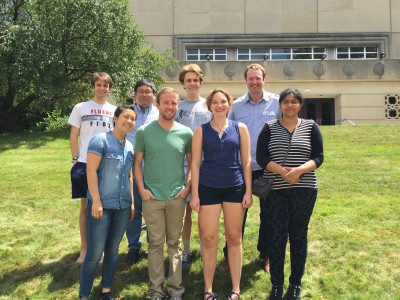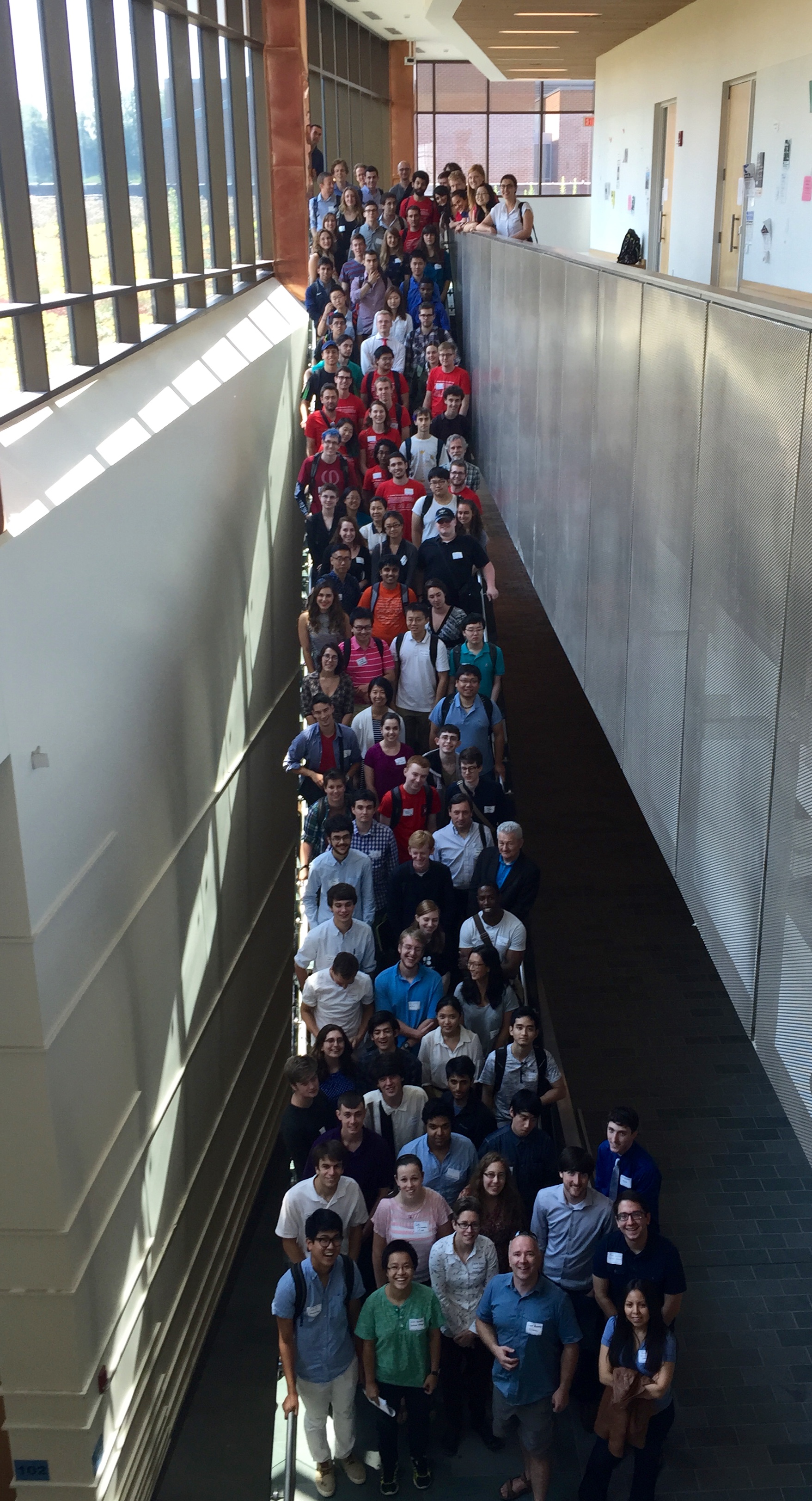Alexander Teplyaev – The Spectral Dimension of the Universe
May 29, 2015
Professor Alexander Teplyaev will explain some ideas behind the notion of spectral dimension and how they are related to research being done in our department.
Masha Gordina – Random thoughts on Brownian motion
June 5, 2015
Professor Masha Gordina will talk about the fascinating history of the Brownian motion and its applications in the real world.
Keith Conrad – Continued Fractions
June 12, 2015
Professor Keith Conrad will talk about continued fractions, how to compute them, some of their properties, and how to answer seemingly unanswerable questions like this: if an unknown fraction is roughly 2.32558, what is it? (The answer is not 232558/100000.)
Thomas Laetsch – From Brownian motion cometh
June 19, 2015
Following Dr. Gordina’s talk developing Brownian motion, Thomas Laetsch will take us on a short drunkard’s walk through several theories stemming from or related to Brownian motion. R(E)U ready?
Joe Chen – Drunkard, Octopus, and Electrical Networks
June 26, 2015
Joe Chen will summarize the main ideas behind electrical networks and describe two unexpected applications to probability.

